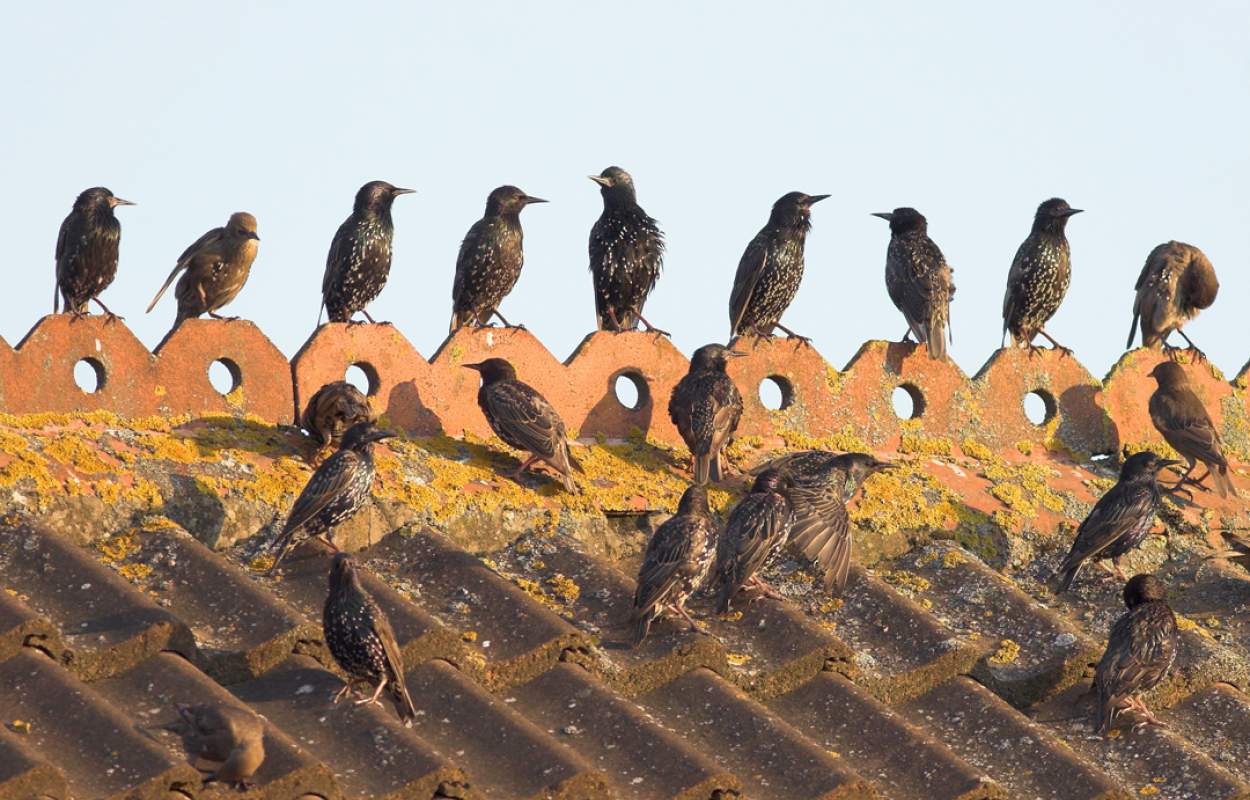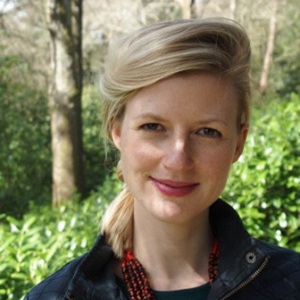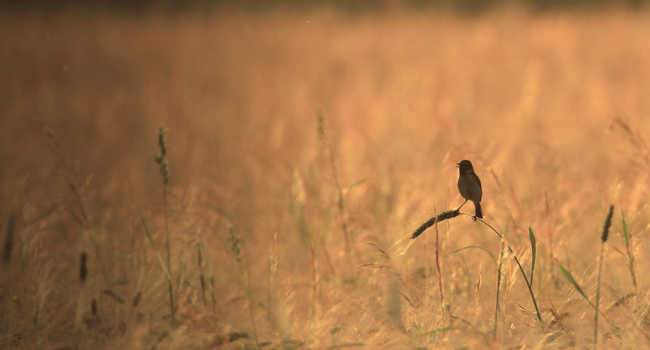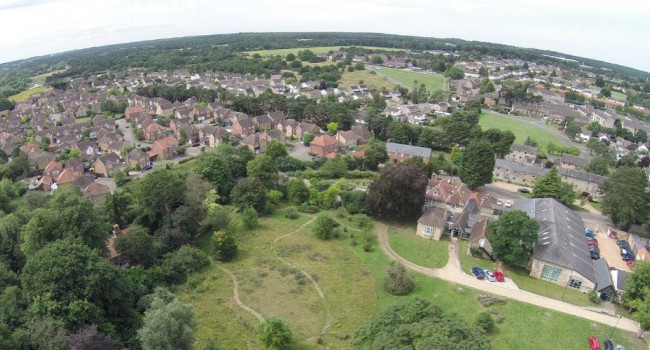Covariation in urban birds providing cultural services or disservices and people.

Author(s): Cox D.T.C, Hudson H.L., Plummer K.E., Siriwardena G.M., Anderson K., Hancock S., Devine-Wright P.,Gaston, K.J
Published: April 2018
Journal: Journal of Applied Ecology
Digital Identifier No. (DOI): 10.1111/1365-2664.13146
Working in collaboration with the University of Exeter, and funded by NERC, researchers carried out extensive bird surveys within an urban area, centred on the towns of Milton Keynes, Luton and Bedford, as part of a wider project investigating urban ecosystem services. These provided measures of the abundance and richness of bird species within both the cultural services (35 species) and disservices (9 species) groups. The research team was able to look at the human population by using data from the 2011 National Census, and to assess socio-economic status by using information published by the Office of National Statistics. Since bird diversity is strongly associated with the structure and availability of urban green space, the team also had to factor in the green space present within the study area.
Analyses revealed that the abundance of cultural service species increased with human population density but peaked at c.1,100 people per 500mx500m grid tile. The abundance also increased with the proportion of urban green space. Interestingly, the species richness of cultural service birds decreased with human population density but increased with percentage green space. There was a positive linear relationship between the abundance and richness of cultural disservice species and both human population density and the availability of green space.
When the researchers mapped how the abundance of service and disservice birds co-varied with human population density, they found that the two groups of birds showed distinctly different spatial patterns. Service species were most abundant in areas of medium housing density – the suburbs – while disservice birds were most abundant in areas of dense housing, such as those around urban centres.
While these different patterns are not a direct consequence of human population density per se, they probably result from spatial differences in urban form, the pattern and management of urban green space, levels of disturbance and the availability of resources, all of which are known to vary along socio-economic gradients. This underlines that people living in different parts of the urban landscape are likely to experience different relationships with wild birds, with the human communities in socially deprived areas exposed to more species with negative behaviours than wealthier communities. A consequence of this is that the increased frequency of negative interactions experienced by these people is likely to shape their connection with nature and support for the conservation of the natural world in a negative manner.
The study identifies opportunities to deliver management approaches to counter these unfavourable relationships. Investment in urban green space and its management for cultural service birds is one obvious option, but there are also opportunities at the householder level, through practices such as wildlife gardening. Such householder level approaches can be of wider benefit because their beneficial effects are likely to increase the abundance and richness of cultural service birds in neighbouring gardens, meaning that the actions of a small number of people can provide health benefits for the wider community.
Abstract
Differences in the distributions of service and disservice species, and the extremely low ratios of birds to people particularly in socioeconomically deprived areas, mean that people there have few opportunities for contact with birds, and the contact they do have is equally likely to be negative as positive for human well‐being. We recommend spatial targeting of improvements in green infrastructure, combined with the targeted provisioning of food and nesting places for service species, to promote positive interactions between birds and people.








Share this page